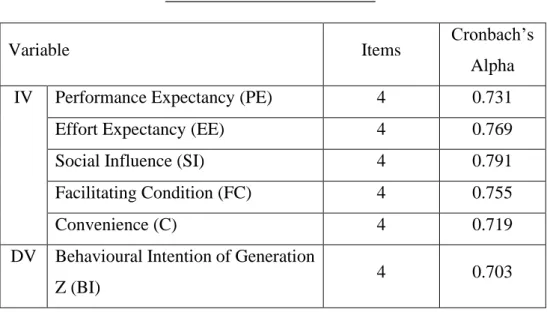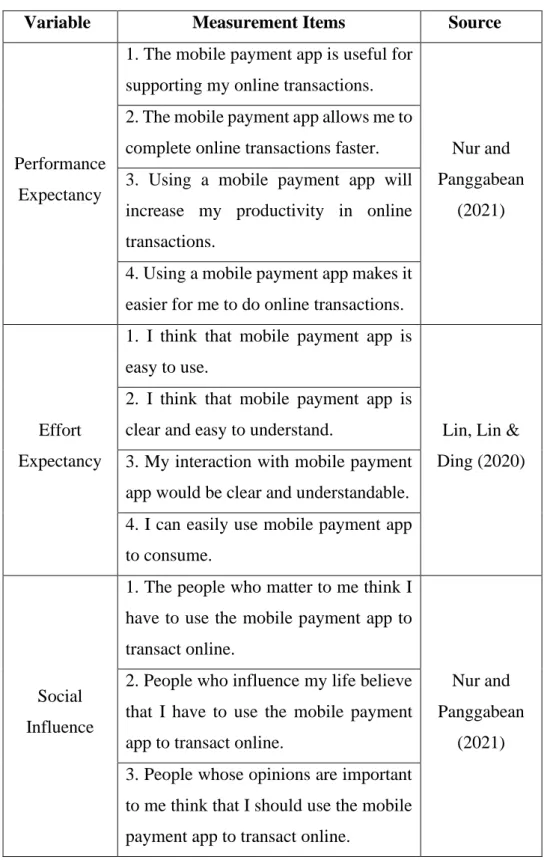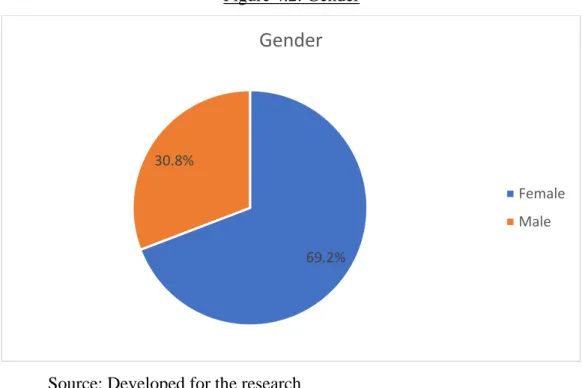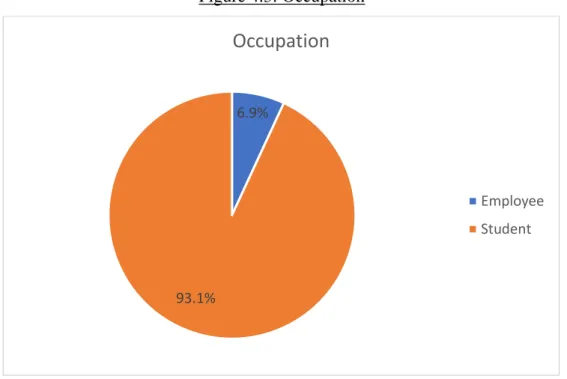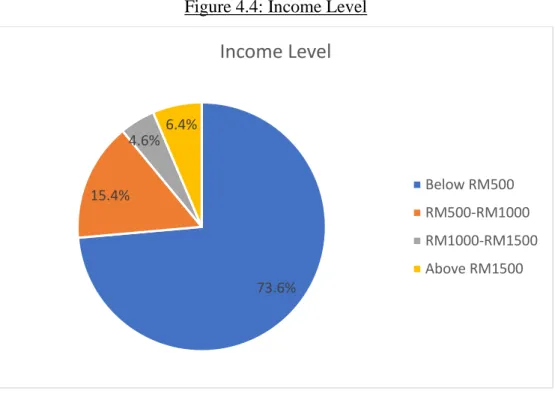Tan Pei Meng for her valuable guidance and advice throughout the course of this research project. I would like to dedicate to UTAR, which gave me the opportunity to carry out this research project. The topic of this research project is "Factors influencing the adoption of mobile payment applications among Generation Z within the Klang Valley".
INTRODUCTION
- Introduction
- Research Background
- Problem Statement
- Research Objectives
- Research Questions
- Significance of Study
- Chapter Summary
RO1: To investigate the relationship between performance expectation and behavioral intention of Generation Z towards the adoption of mobile payment applications within Klang Valley. RO4: To investigate the relationship between facilitating condition and behavioral intention of Generation Z towards the adoption of mobile payment applications within Klang Valley. RO5: To investigate the relationship between convenience and behavioral intention of Generation Z towards mobile payment applications in Klang Valley.
LITERATURE REVIEW
- Introduction
- Underlying Theory
- Review of Variables
- Independent Variables: Performance Expectancy
- Independent Variables: Effort Expectancy
- Independent Variables: Social Influence
- Independent Variables: Facilitating Condition
- Independent Variables: Convenience
- Dependent Variable: Behavioural Intention
- Research Framework
- Hypotheses Development
- Performance Expectancy
- Effort Expectancy
- Social Influence
- Facilitating condition
- Convenience
- Conclusion
Previous research has shown that an individual's behavioral intention to use mobile payment will increase when operational infrastructure exists for them (Oliveira et al., 2016). The research of Liebana-Cabnillas et al. (2020) mentioned that convenience can influence an individual's intention to use and perceived value of products or services. Moreover, behavioral intention will reflect one's willingness to change their behaviors towards certain situations (Venkatesh et al., 2003).
METHODOLOGY
- Introduction
- Research Design
- Sampling Design
- Target Population
- Sampling Location
- Sampling Technique
- Sampling Size
- Data Collection Method
- Primary Data
- Research Instruments
- Questionnaire Design
- Pilot Test
- Construct Measurement
- Nominal Scale
- Ordinary Scale
- Interval Scale
- Data Processing
- Data Checking
- Data Editing
- Data Coding
- Data Analysis Tools
- Descriptive Analysis
- Scale Measurement
- Inferential Analysis
All the respondents' first-hand data will be recorded after they submit their answer in the Google form. The Section B of the survey relates to the independent variables and dependent variables of this research. Most of the questions in Section A were created based on this measurement scale, such as age, gender, occupation, the type of mobile payment application the respondents use most and their current residential address.
The people who matter to me think I should use the mobile payment app to shop online. People whose opinions are important to me think I should use the mobile payment app to shop online. I will easily get help from others when I find it difficult to use the mobile payment app.
Once all the data is collected, it can be evaluated using a reliable test. In this research, 390 respondents' data were collected, and all questionnaires were fully completed by the respondents. Scale measurement is used to determine the validity and reliability of the data collected in the study.
If the absolute value of the coefficient is higher, the relationship between two variables will be stronger.
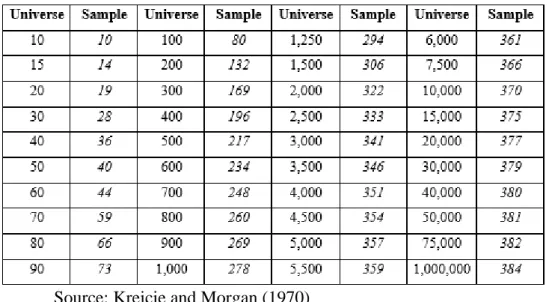
DATA ANALYSIS
- Introduction
- Descriptive Analysis
- Respondent Demographic Profile
- Central Tendencies Measurement of Construct
- Scale Measurement
- Reliability Analysis
- Inferential Analysis
- Pearson Coefficient Correlation
- Multiple Regression Analysis
- Hypotheses Testing
- Conclusion
123 respondents indicated that they make mobile payments 4 to 9 times a week, and this concerns 31.5% of the respondents. There are four statements for the performance expectation variable and the statement “The mobile payment app allows me to complete online transactions faster” has the highest average score of 4.49, while the statement “Using a mobile payment app will increase my productivity in online transactions” resulted in the lowest average of 4.37. For the same statement, it was recorded as having the highest standard deviation of 0.719 and the lowest standard deviation score of 0.638 was related to the first performance expectation variable, which was 'The mobile payment app is useful for supporting my online transactions'. .
In addition, both the second and fourth statements have the same value of 4.38 and were ranked as the lowest mean value in this variable, which is "I think mobile payment apps are clear and easy to understand." The social influence variable recorded the highest mean score of 3.82 and is associated with the statement “People who are important to me think I should use a mobile payment app for online transactions”. People who influence my life believe that I need to use a mobile payment app for online transactions.
People around me who use the mobile payment app seem to have more prestige than those who don't. Referring to Table 4.11, it appears that the statement “I have sufficient knowledge to use the mobile payment app” was the highest mean with a score of 4.24 and also recorded as the lowest standard deviation with 0.719. Statement “I will continue to use the mobile payment app” in the behavioral intention variable recorded as the highest mean of 4.53.
The statement of “I will use the mobile payment app in my daily life” gets the lowest mean score of 4.26 and for the same statement it was ranked as the highest standard deviation (0.861) in this variable.
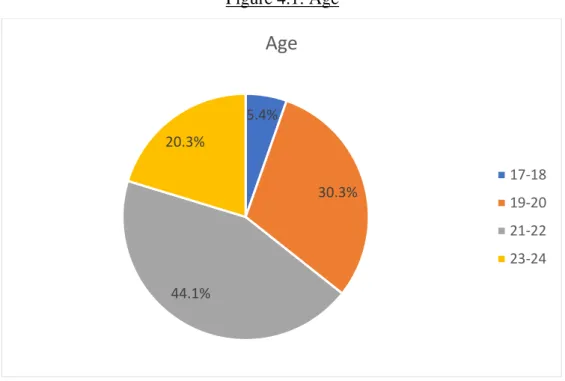
DISCUSSION AND CONCLUSION
Introduction
Discussion of Major Findings
- Performance Expectancy
- Effort Expectancy
- Social Influence
- Facilitating Condition
- Convenience
Referring to the outcomes of this study, effort expectancy will have a positive impact on the behavioral intention of Generation Z. This proved that the H2 is supported, and a significant relationship is found between effort expectancy and behavioral intention of Generation Z. According to the calculated result, social influence was also found to have a significant effect on the behavioral intention of Generation Z.
This indicated that an increase in social influence led to a greater behavioral intention of Generation Z. Therefore, H3 is supported and a positive relationship can be found between social influence and behavioral intention of Generation Z. According to Lai's research (2017), he proved that social influence is positively associated with the behavioral intention in using mobile electronic medical records.
2021) also proposed that social influence will positively influence an individual's behavioral intention to try food delivery apps during the Covid 19 pandemic. 2015) also proved that social influence is one of the determinants of behavioral intention to serve food. mobile learning. Nur and Panggabean (2021) also demonstrated that facilitating condition has a significant and positive effect on behavioral intention to adopt mobile payment methods.
Based on the revealed result, it was discovered that convenience has significant effect and positive relationship with the behavioral intention of Generation Z. Furthermore, convenience's p-value is less than 0.001, which is lower than the alpha value of 0.05.
Implications of Study
- Theoretical Implication
- Practical Implication
In addition, a study by Mpinganjira (2015) substantiated that a customer's repurchase intention in an online store is positively related to the overall convenience of the service. A study by Kurniawan et al. (2019), which was related to the hospitality sector, also suggested that comfort has a positive effect on customers' behavioral intentions in a budget hotel. When hospitality service has made customers feel comfortable shopping, they are more likely to continue shopping with the business.
Moreover, the mobile payment application operator should incorporate the advanced technology when developing the mobile payment application to improve the user's effort expectation. They can include a biometric authentication system in their app, where the user can directly make fund transfer or payment by using their fingerprint or showing their face. By using biometric authentication, the users can easily make their payment in one second and it will increase the convenience of using the mobile payment application in daily life.
Furthermore, when a mobile payment app company offers some promotions, cash discounts and cashback for the users to encourage more new people to use their services. As more people start using the mobile payment app, their actions and opinion will indirectly influence their peers. In addition, it was recommended to include technical support and assistance services in the mobile payment app.
Finally, the mobile payment application operators can include the functions to allow users to pay bills or parking tickets directly from the mobile application, so that the users can enjoy the convenience offered by the services.
Limitations of Study
For example, the company can list some of the frequently asked questions in the application, so that when the other users face the same problems, they can see the help directly and get the solutions immediately. Moreover, the majority 93.1% of the respondents are students and only 6.9% of the respondents in this study are employees. Since the majority of participants are students, we cannot study further from the employee's perspective.
Consequently, an uneven distribution in the group of age and occupation in Generation Z can affect the effectiveness of the result. Furthermore, some of the respondents will simply choose the answer without understanding the questions distributed and they may just choose the same option for the entire questionnaire. This will cause the inaccuracy of information and it will affect the final outcome of the research.
Recommendation for Future Research
Conclusion
In addition, this chapter lists the limitations of the study and recommendations for future research to improve future research. Thus, this study will provide more information for future research on the factors influencing the adoption of mobile payment apps among Generation Z in Klang Valley. Factors determining behavioral intention to use mobile learning: an application and extension of the UTAUT model.
The effect of user effort expectation on users' behavioral intention to use m-commerce applications: case study in Libya. Determinants of users' willingness to use mobile payment : an empirical study at Tongren University, China. A meta-analysis of the UTAUT model in the mobile banking literature: the moderating role of sample size and culture.
Examining the importance of e-commerce convenience dimensions on behavioral intentions: The mediating role of satisfaction. The Role of Behavioral Intention: Facilitating Condition and Use of E-Government Services Among SMEs in Saudi Arabia. The impact of social influence on ICT adoption: Behavioral intention as a mediator and age as a moderator.
Understanding Mobile Payment Adoption by Consumers in India: Extending the Meta-UTAUT Model to Include Personal Innovation, Fear, Trust, and Complaint Recovery. A contextualized study of the use of the Internet of Things (IoTs) in smart farming in a typical Middle Eastern country within the context of the Unified Theory of Acceptance and Use of Technology (UTAUT) model. The relationship between self-efficacy, social influence, performance expectancy, effort expectancy and behavioral intention in mobile learning services.
